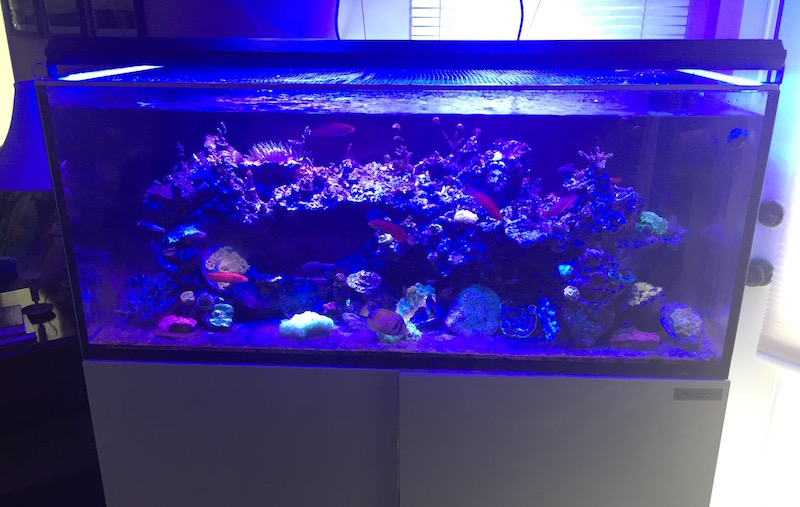So is all of the live rock in the ocean that's 100s of millions of years old clogged and inefficient? How exactly does that theory go?
Pretty simple. The ocean and the reefs reefs are alive and vast. They are constantly forming new rock and breaking down old. There is just no way we can mimic this in our tiny closed systems. Also, we don't mimic the sheer volume of water that carries detritus away.
So we need alternative methods to deal with what we don't mimic.


















